Home>Gardening & Outdoor>Landscaping Ideas>How Long Is A Bag Of Grass Seed Good For
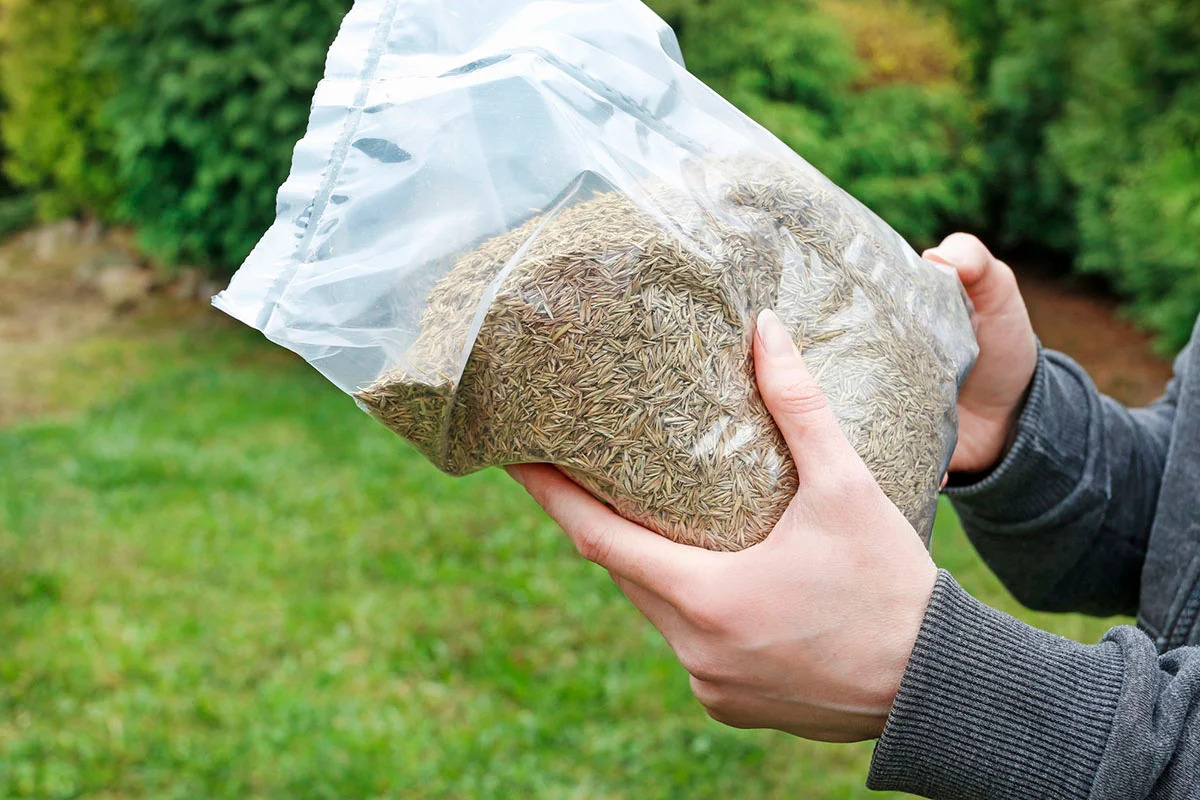

Landscaping Ideas
How Long Is A Bag Of Grass Seed Good For
Modified: August 17, 2024
Discover the best landscaping ideas and learn how long a bag of grass seed remains viable. Find expert tips to keep your lawn looking lush and green.
(Many of the links in this article redirect to a specific reviewed product. Your purchase of these products through affiliate links helps to generate commission for Storables.com, at no extra cost. Learn more)
Introduction
When it comes to maintaining a lush and vibrant lawn, nothing is quite as crucial as the quality of the grass seed. Whether you are a seasoned gardener or a novice enthusiast, understanding the shelf life of grass seed is essential for achieving the best results in your landscaping endeavors. In this article, we will delve into the factors that influence the shelf life of grass seed, the signs indicating spoilage, and effective storage tips to prolong its viability.
Grass seed, like any other organic material, is subject to degradation over time. Its shelf life is influenced by various factors, including environmental conditions, packaging, and seed variety. By comprehending these elements, you can make informed decisions about purchasing, using, and storing grass seed, ultimately ensuring the success of your landscaping projects.
Join us as we explore the intricacies of grass seed shelf life, providing you with the knowledge and insights necessary to maintain a thriving and verdant lawn.
Key Takeaways:
- Grass seed shelf life is influenced by factors like seed variety, moisture, storage conditions, packaging, and age. Understanding these factors helps in making informed decisions for purchasing, storing, and using grass seed.
- Signs of spoilage in grass seed include discoloration, unpleasant odor, poor germination, pest infestation, and changes in texture and moisture. Regular inspection and proper storage are essential for maintaining the viability of grass seed.
Factors Affecting the Shelf Life of Grass Seed
The shelf life of grass seed is influenced by several key factors that directly impact its viability and germination potential. Understanding these factors is crucial for ensuring the longevity and effectiveness of the seed. Here are the primary elements that play a significant role in determining the shelf life of grass seed:
- Seed Variety: Different grass species have varying shelf lives. For instance, certain cool-season grasses such as Kentucky bluegrass and fescue typically have a longer shelf life compared to warm-season varieties like Bermuda grass. Understanding the specific characteristics of the grass seed you are using is essential for gauging its longevity.
- Moisture Content: Excessive moisture can significantly reduce the shelf life of grass seed. When exposed to high humidity or moisture, the seeds may begin to germinate prematurely or develop mold, rendering them ineffective for planting. Proper packaging and storage conditions are crucial for preserving the optimal moisture content of the seed.
- Storage Conditions: The environment in which grass seed is stored plays a pivotal role in determining its shelf life. Ideal storage conditions include cool, dry, and well-ventilated spaces. Exposure to extreme temperatures, direct sunlight, or fluctuations in humidity can accelerate the degradation of the seed.
- Packaging Quality: The quality of the packaging materials used for storing grass seed is instrumental in preserving its viability. Airtight and durable packaging helps protect the seed from moisture, pests, and environmental factors that can compromise its shelf life.
- Age of the Seed: As with many organic materials, the age of the grass seed directly impacts its shelf life. Freshly harvested seed generally has a longer shelf life compared to older batches. It is essential to check the production date and purchase seed that is as fresh as possible.
By considering these factors, you can make informed decisions about the purchase, storage, and utilization of grass seed, ultimately maximizing its shelf life and germination potential.
Signs of Grass Seed Spoilage
Recognizing the signs of spoilage in grass seed is imperative for ensuring successful germination and establishing a flourishing lawn. While grass seed is designed to be resilient, it is susceptible to degradation under unfavorable conditions. Here are the key indicators that may signify spoilage in grass seed:
- Discoloration: Visibly discolored or off-color seeds, particularly those displaying mold, mildew, or a whitish powdery coating, are likely compromised and should be discarded. Healthy grass seed should exhibit a consistent color and texture, free from any abnormal growth or discoloration.
- Unpleasant Odor: Spoiled grass seed may emit a musty, sour, or rancid odor, indicating microbial growth or decay. If the seed produces an unpleasant smell upon opening the packaging, it is advisable to refrain from using it for planting.
- Poor Germination: When testing the viability of grass seed, poor germination rates or delayed sprouting can be indicative of spoilage. Healthy grass seed typically germinates within the expected timeframe, producing robust seedlings. If the seed fails to germinate or yields weak, stunted growth, it may be compromised.
- Pest Infestation: Presence of insects, larvae, or other pests within the packaging or among the seeds themselves is a clear indication of spoilage. Pest infestation can rapidly degrade the quality of the grass seed, rendering it unsuitable for planting.
- Texture and Moisture: Spoiled grass seed may exhibit an altered texture, appearing excessively dry, brittle, or overly moist. Changes in the seed’s texture and moisture content can signal deterioration and compromise its ability to germinate effectively.
By being attentive to these signs, you can promptly identify and address any instances of spoilage in grass seed, ensuring that only healthy and viable seed is used for planting. Regularly inspecting the condition of the seed before planting is essential for achieving optimal germination and fostering a lush, resilient lawn.
Store grass seed in a cool, dry place and it can last up to 2-3 years. Check the expiration date on the bag and use it within that time for best results.
Storage Tips for Grass Seed
Proper storage is paramount for preserving the viability and shelf life of grass seed, safeguarding its germination potential for future use. By adhering to effective storage practices, you can ensure that the seed remains in optimal condition, yielding successful results when planted. Here are essential tips for storing grass seed:
- Optimal Conditions: Store grass seed in a cool, dry, and well-ventilated environment. Avoid exposure to direct sunlight and fluctuating temperatures, as these can compromise the quality of the seed. A consistent, moderate temperature is ideal for preserving the viability of the seed.
- Airtight Containers: Transfer unused grass seed into airtight containers or resealable bags to minimize exposure to moisture and pests. Ensure that the containers are made of durable, moisture-resistant materials to provide maximum protection for the seed.
- Labeling and Dating: Clearly label the containers with the specific grass seed variety and the date of storage. This facilitates easy identification and allows you to track the age of the seed, enabling you to prioritize the use of fresher batches.
- Moisture Control: Utilize desiccants or silica gel packs within the storage containers to absorb any excess moisture and maintain the optimal moisture content of the seed. This helps prevent mold growth and preserves the integrity of the seed.
- Pest Prevention: Implement measures to deter pests and insects from accessing the stored grass seed. This can include placing cedar blocks or sachets of aromatic herbs known to repel pests within the storage area.
- Regular Inspection: Periodically inspect the stored grass seed for any signs of spoilage, such as mold, discoloration, or unusual odors. Promptly remove any compromised seed to prevent potential contamination of the remaining batch.
By conscientiously following these storage tips, you can prolong the shelf life of grass seed and maintain its germination potential, ultimately contributing to the successful establishment of a healthy and vibrant lawn.
Conclusion
Understanding the shelf life of grass seed and the factors influencing its viability is essential for anyone seeking to achieve a thriving and resilient lawn. By considering the various elements that affect the longevity of grass seed, including seed variety, moisture content, storage conditions, packaging quality, and age, you can make informed decisions regarding its purchase, storage, and utilization.
Recognizing the signs of spoilage in grass seed, such as discoloration, unpleasant odors, poor germination, pest infestation, and changes in texture and moisture, empowers you to identify compromised seed and ensure that only healthy and viable batches are used for planting.
Implementing effective storage practices, including maintaining optimal conditions, utilizing airtight containers, labeling and dating the seed, controlling moisture, preventing pests, and conducting regular inspections, is instrumental in preserving the shelf life and germination potential of grass seed.
By integrating these insights and best practices into your lawn care regimen, you can nurture a lush and vibrant lawn, characterized by the resilience and vitality that only high-quality grass seed can provide. Whether you are embarking on a landscaping project or maintaining an existing lawn, the knowledge and awareness surrounding grass seed shelf life are invaluable assets that contribute to the long-term success of your endeavors.
Armed with this understanding, you are well-equipped to navigate the complexities of grass seed viability, ensuring that your lawn flourishes with the beauty and allure of healthy, thriving grass.
Frequently Asked Questions about How Long Is A Bag Of Grass Seed Good For
Was this page helpful?
At Storables.com, we guarantee accurate and reliable information. Our content, validated by Expert Board Contributors, is crafted following stringent Editorial Policies. We're committed to providing you with well-researched, expert-backed insights for all your informational needs.
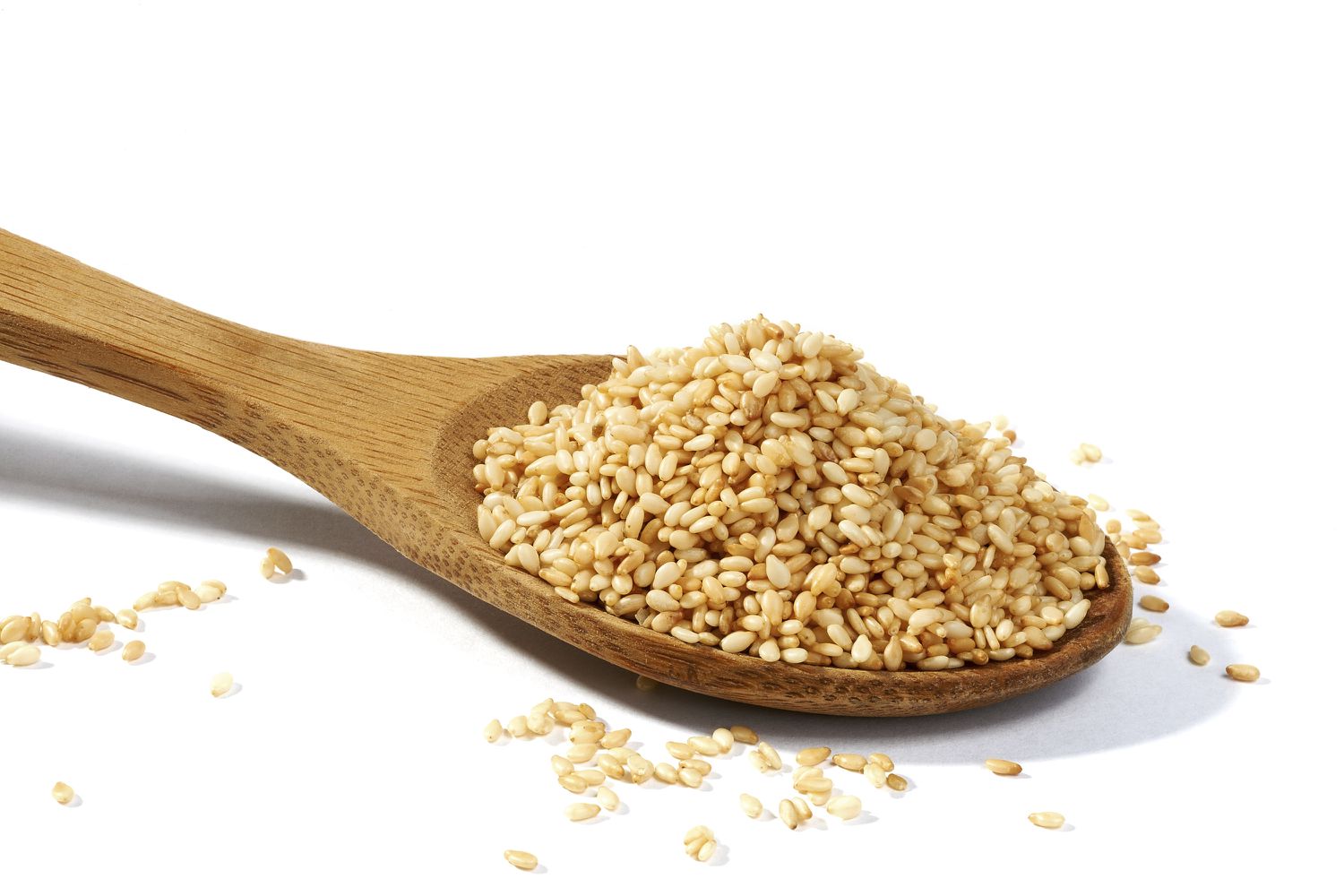
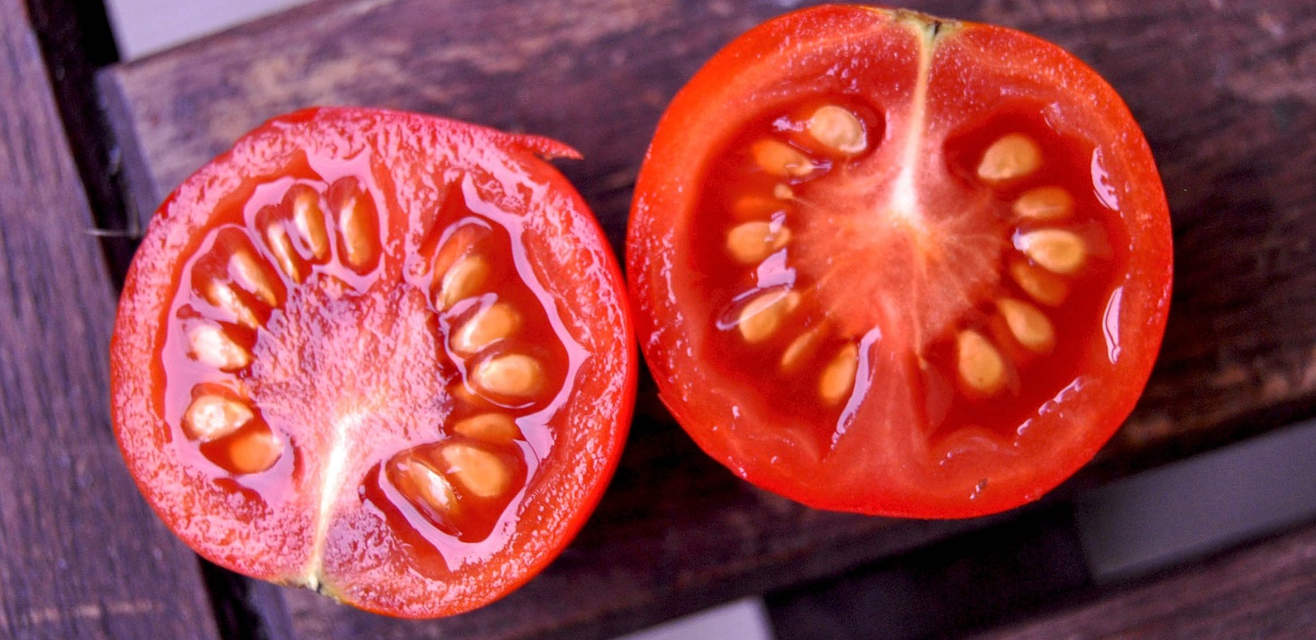
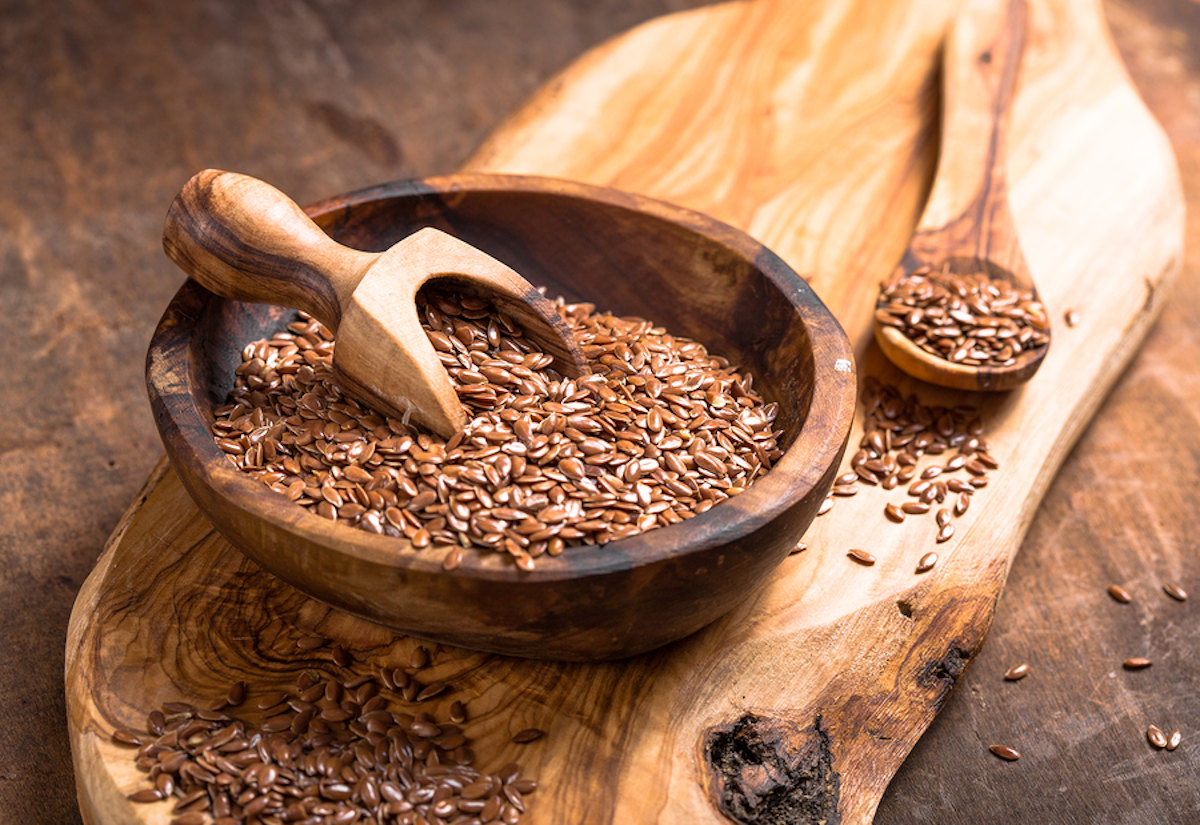
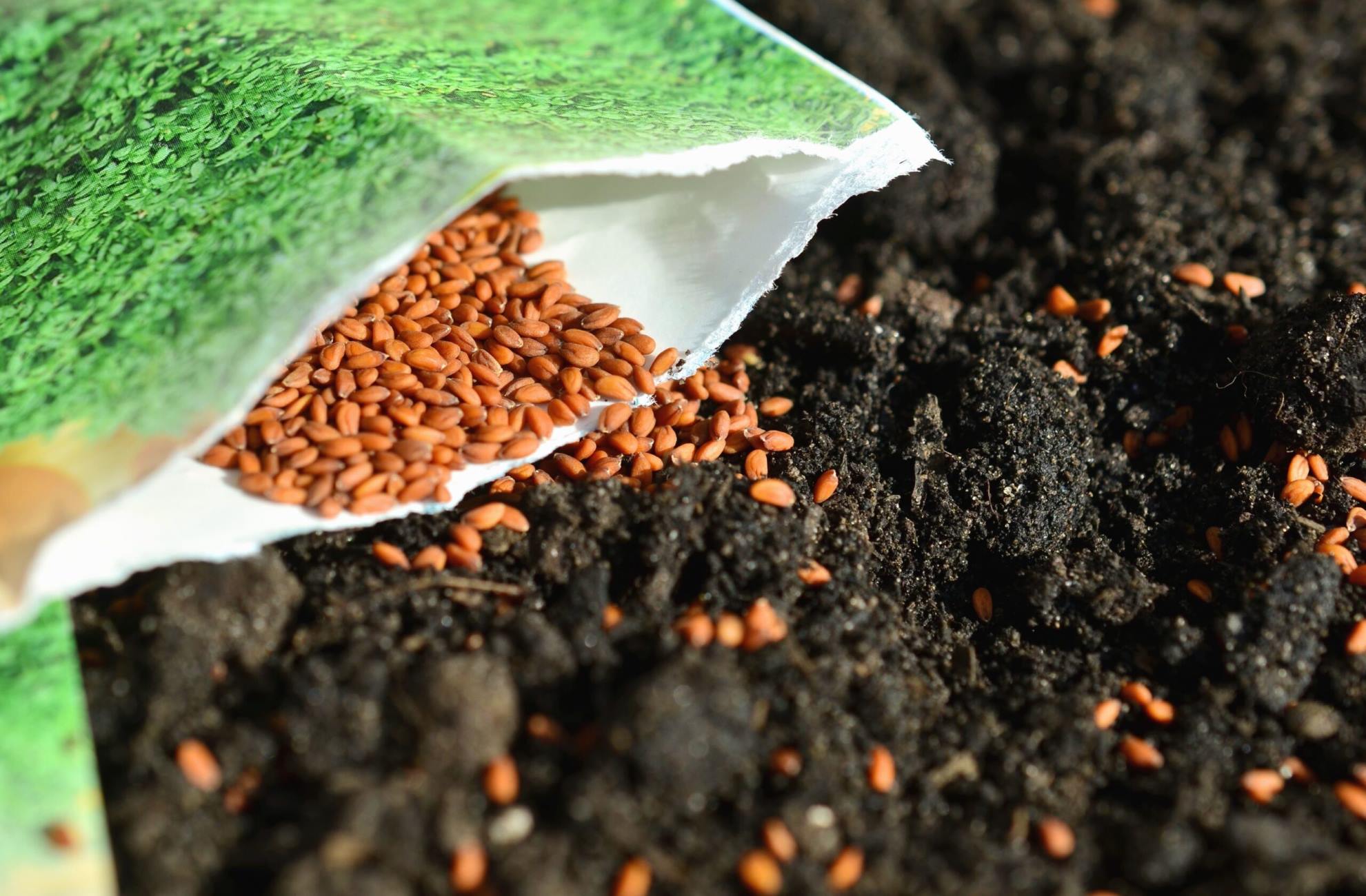
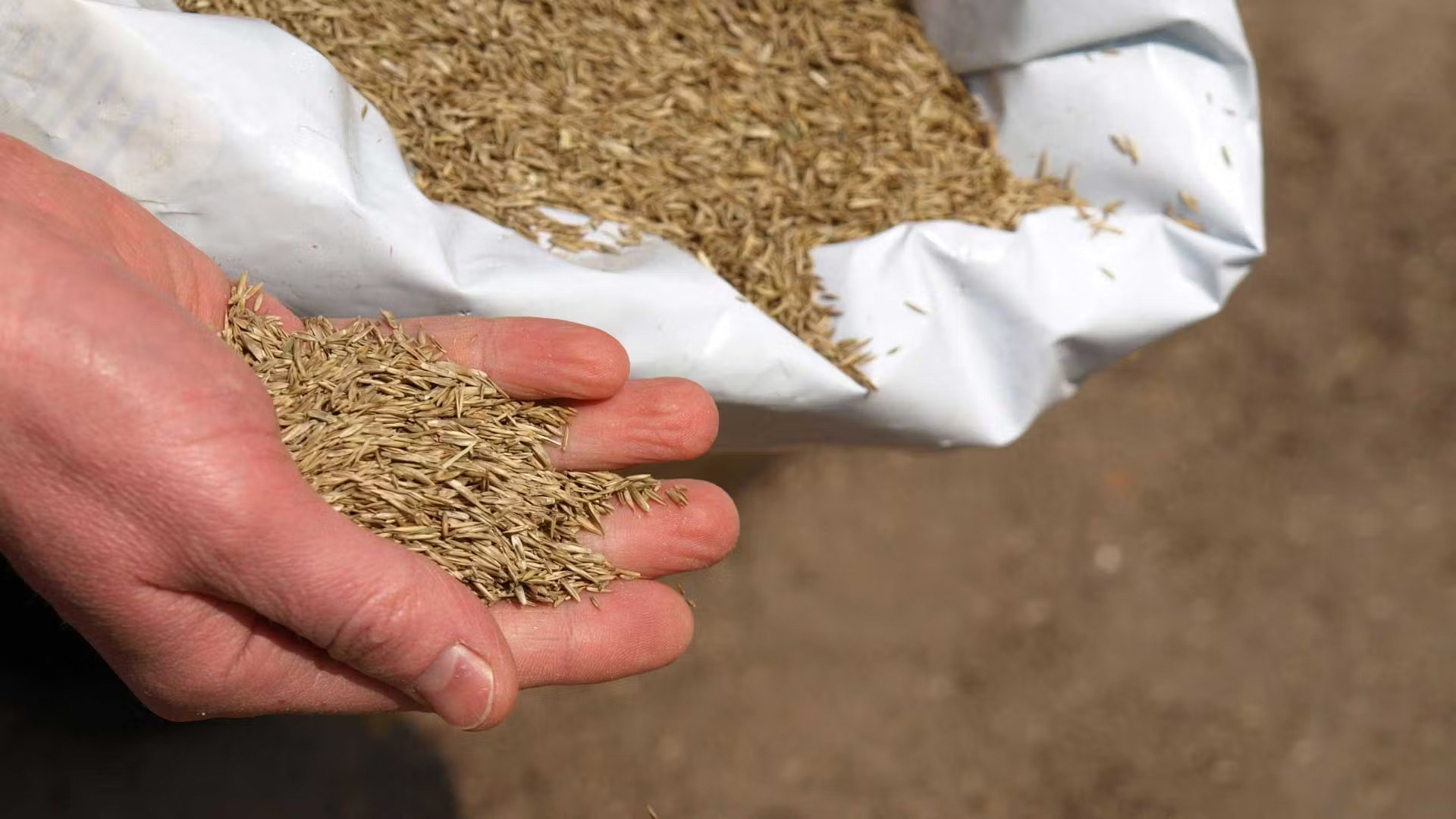
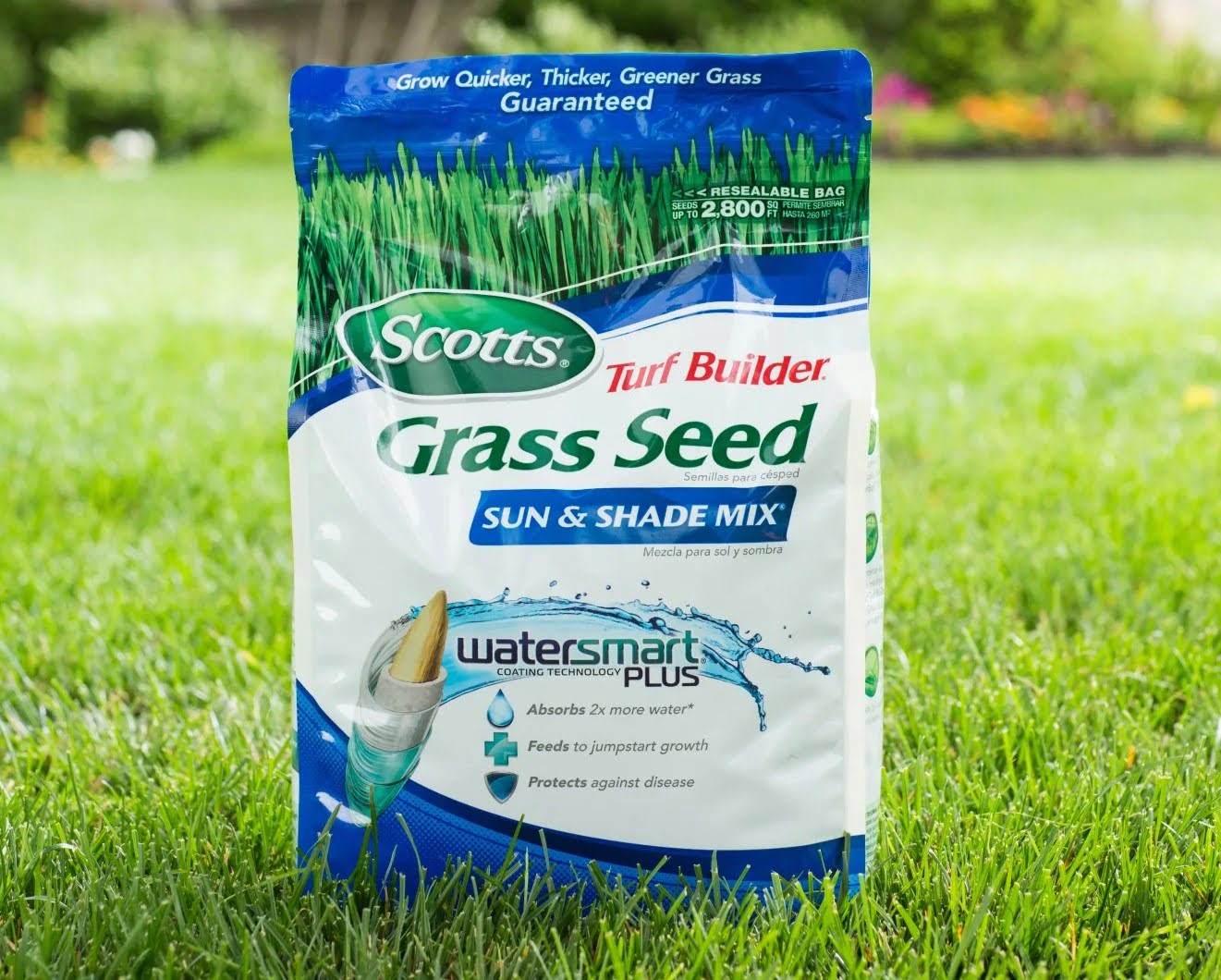
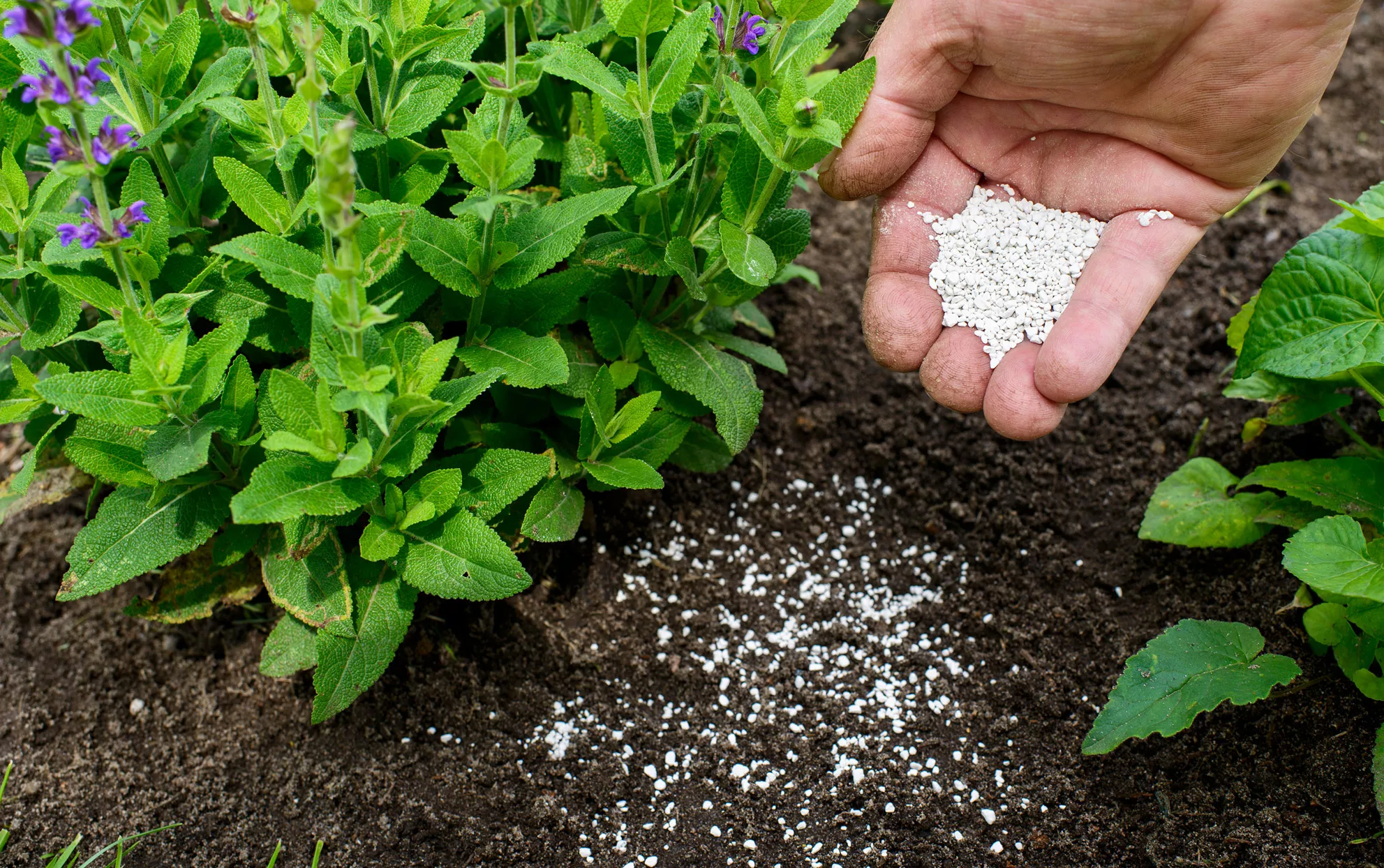
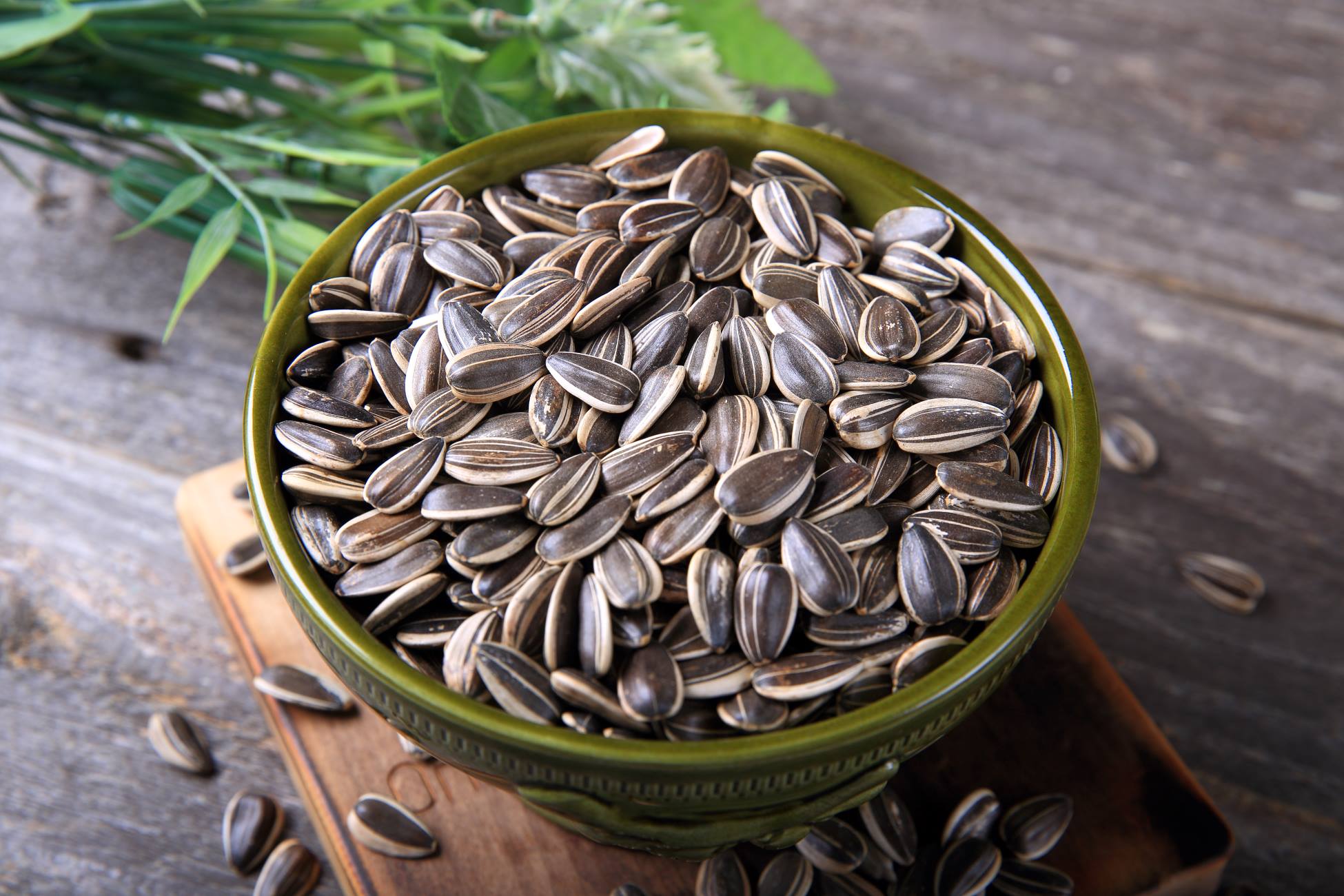
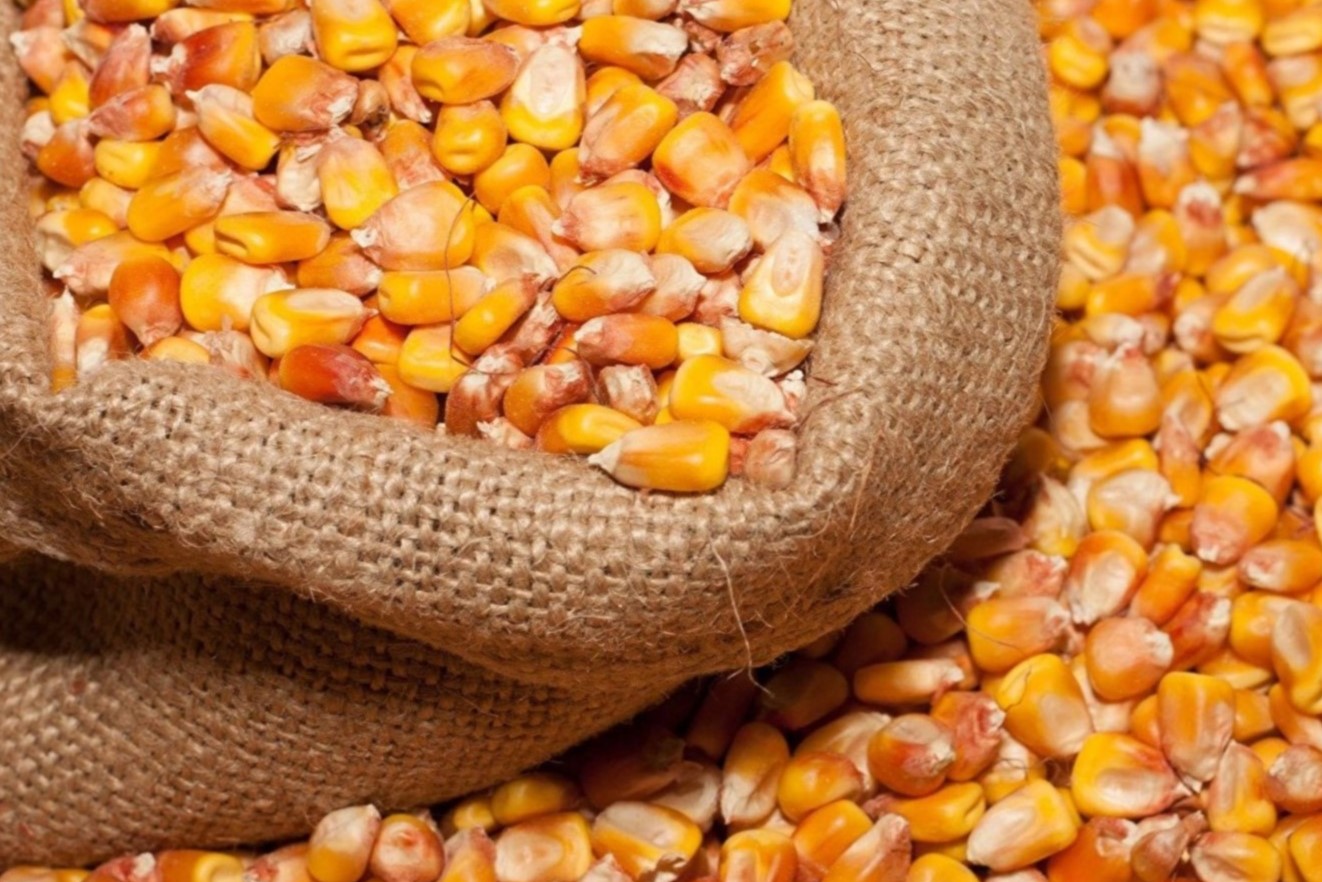
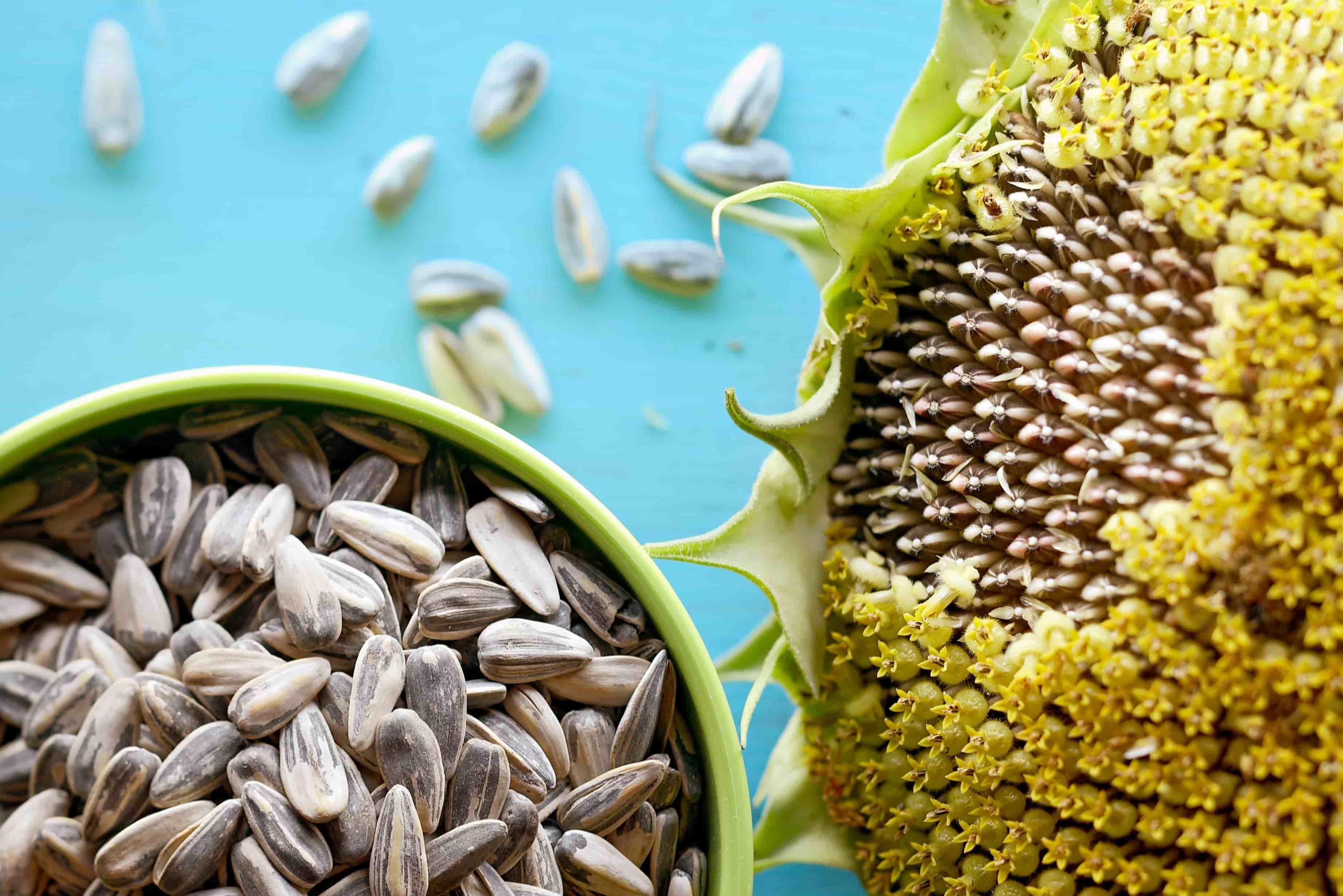
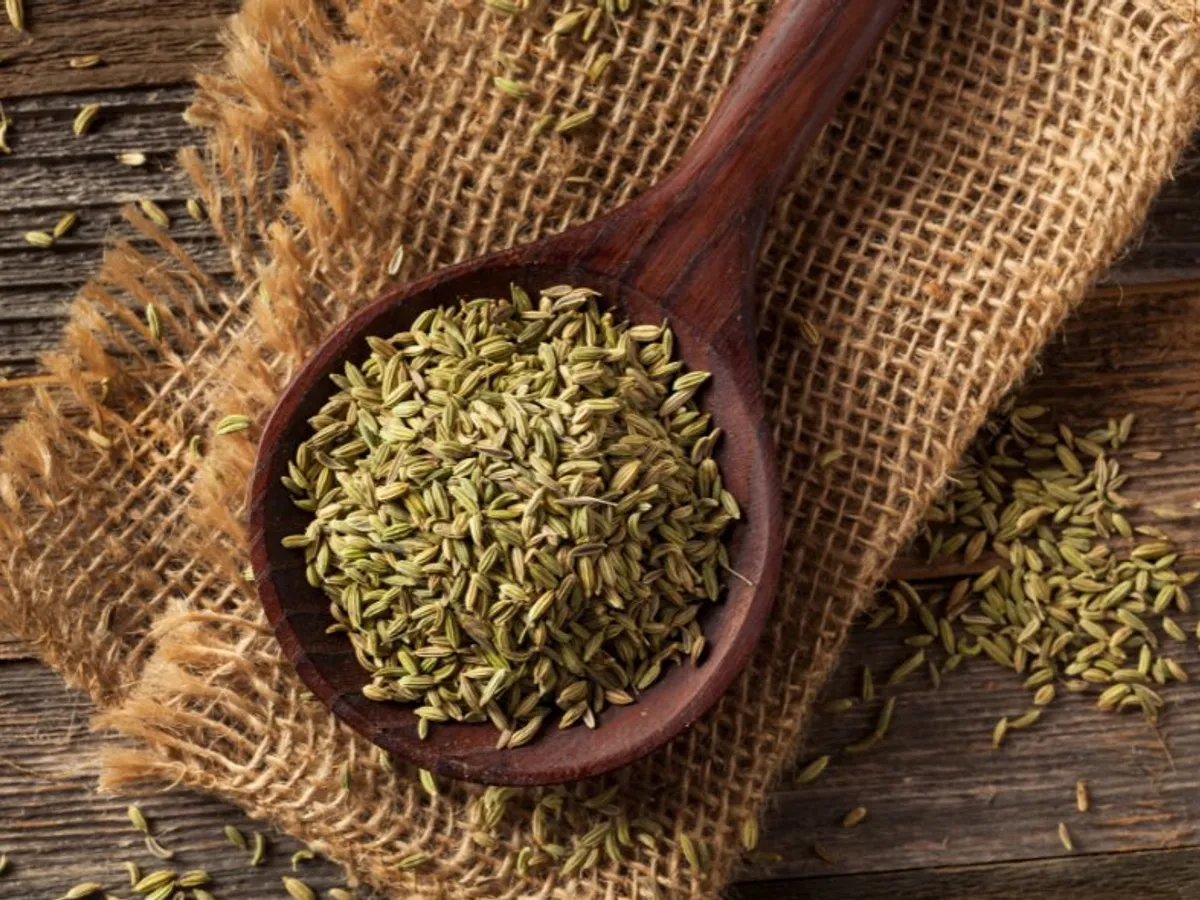
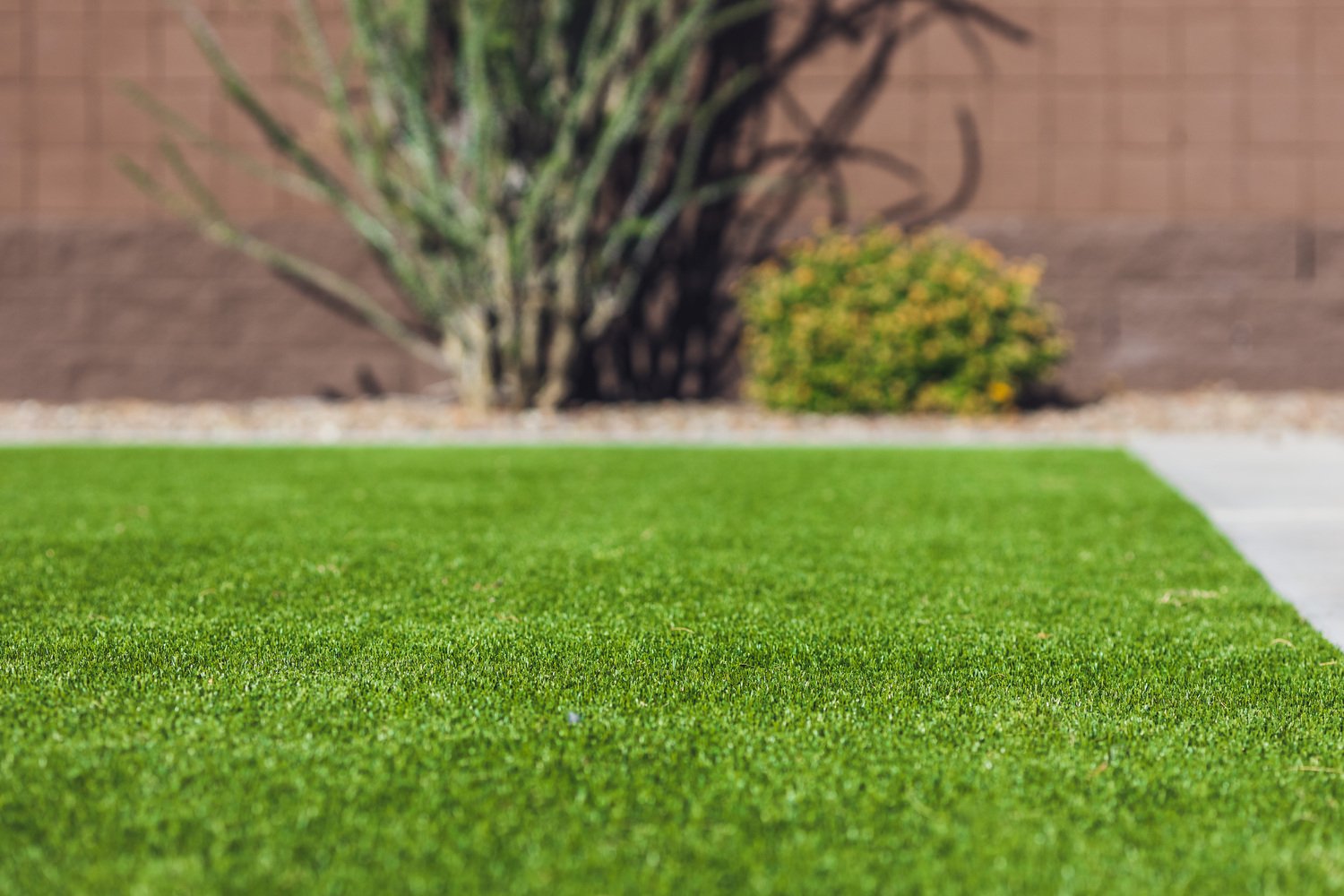
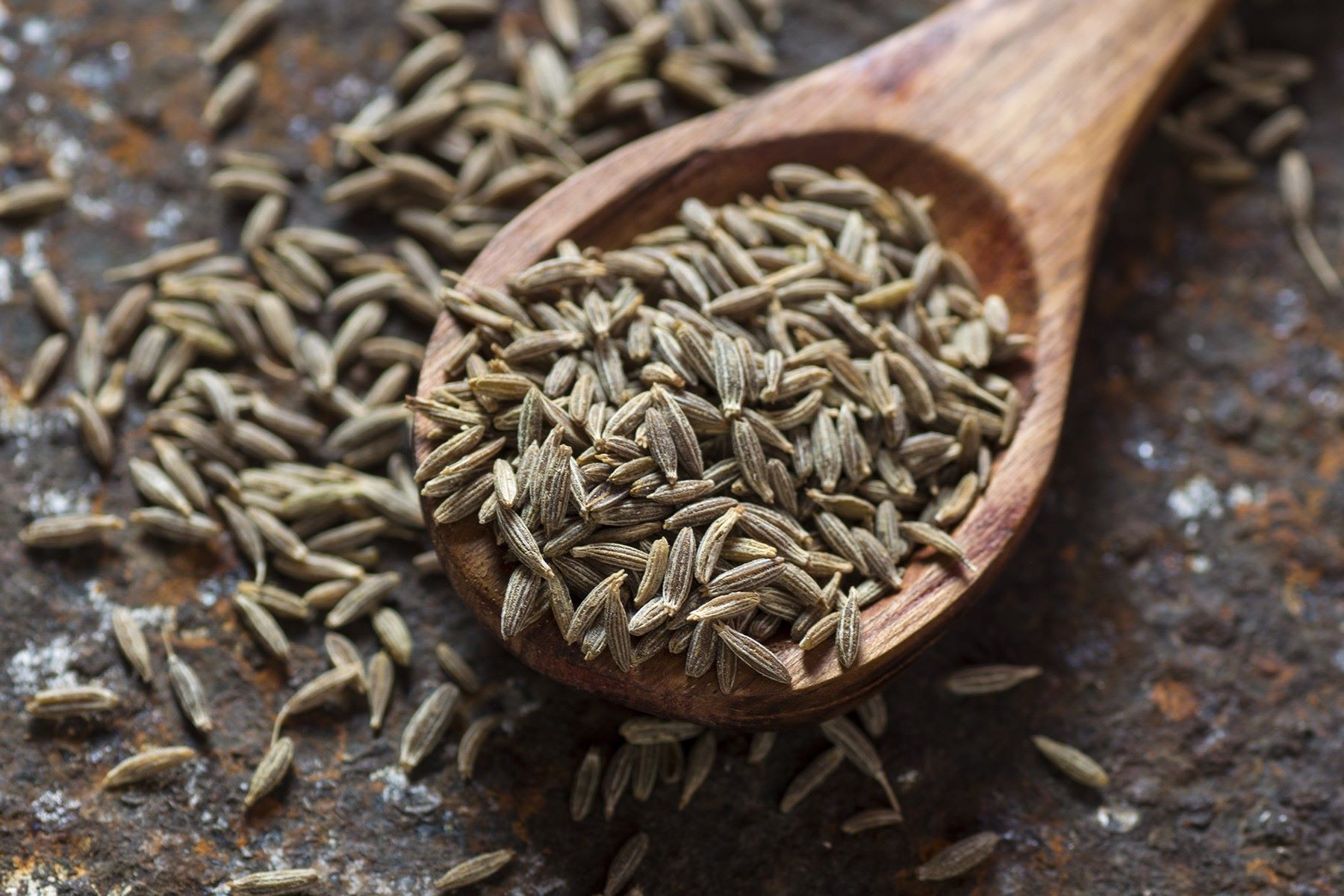
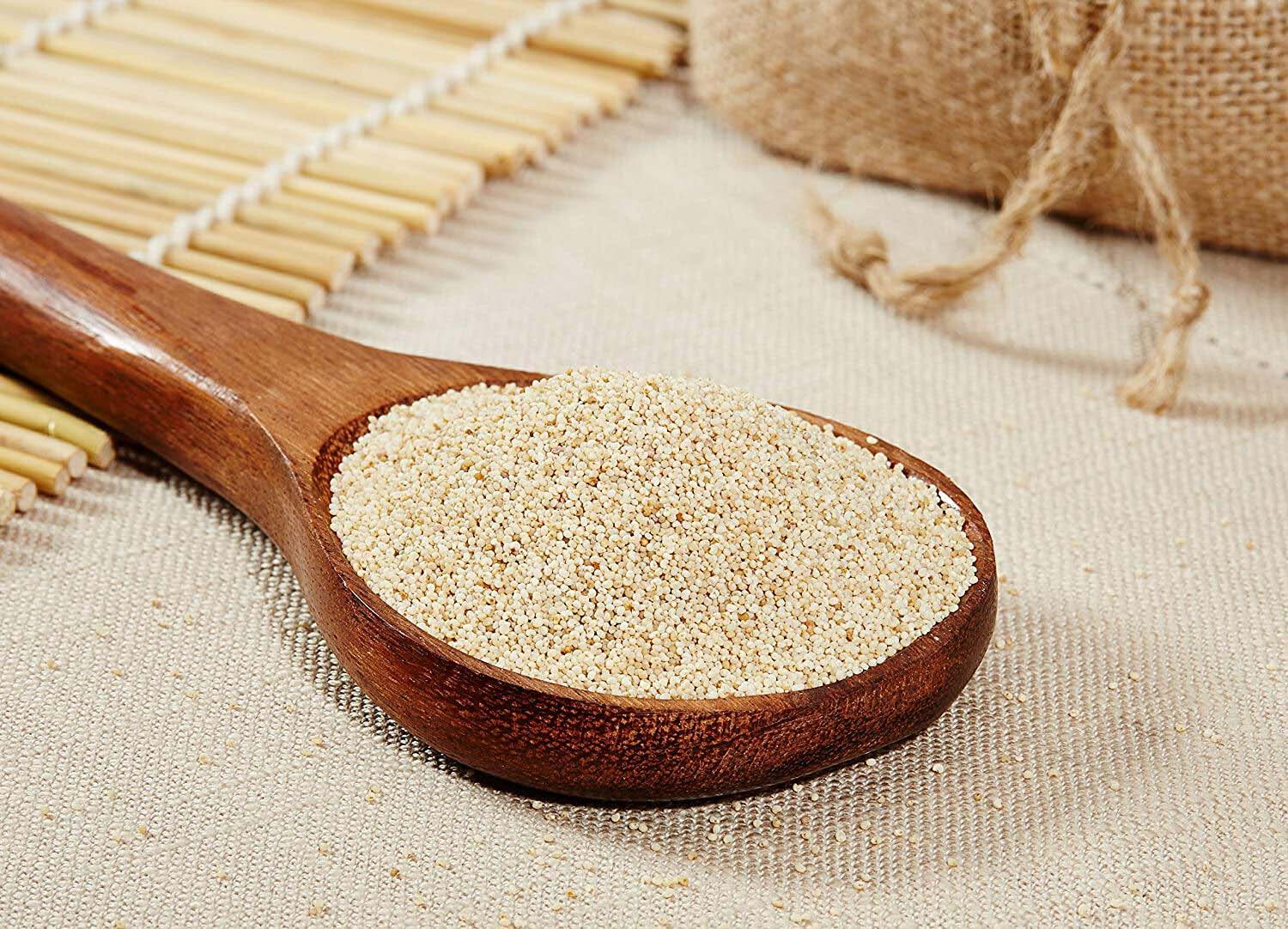
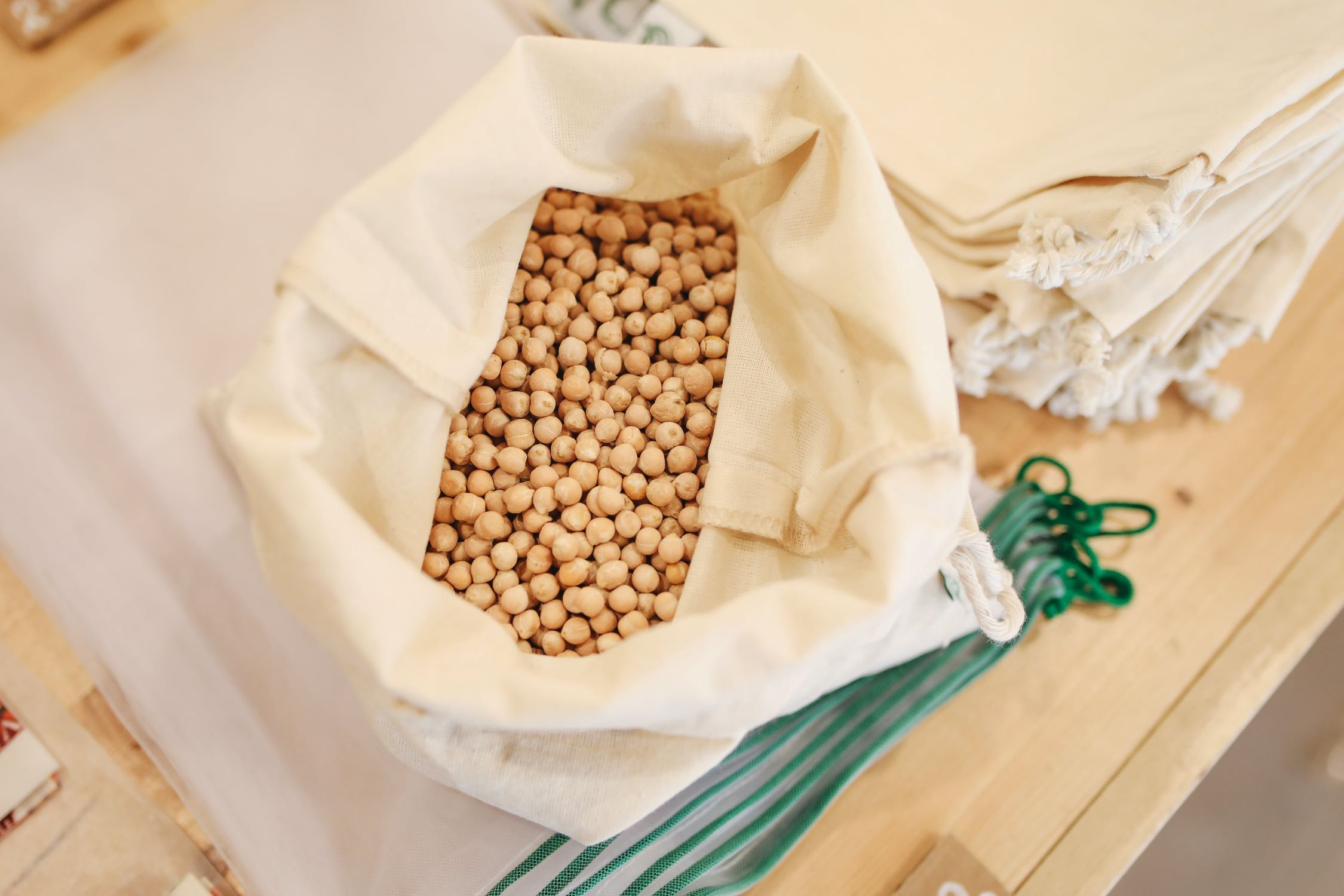

0 thoughts on “How Long Is A Bag Of Grass Seed Good For”